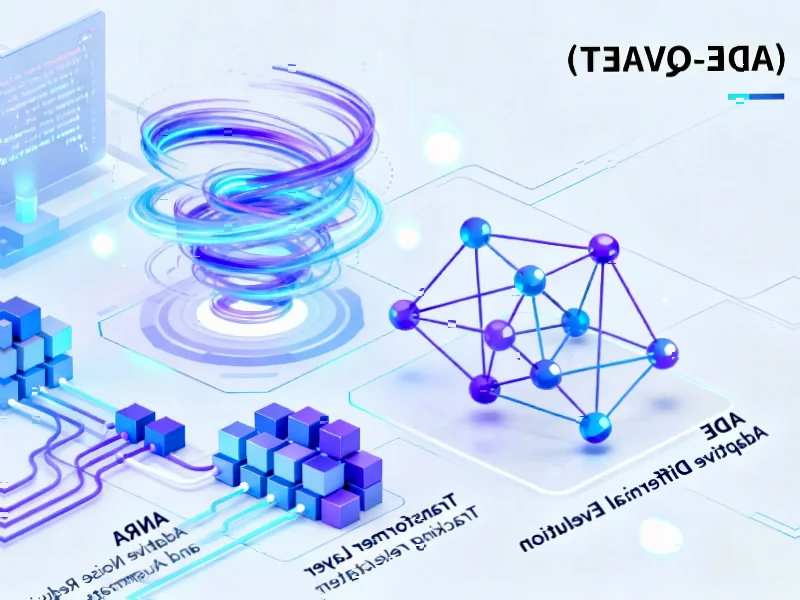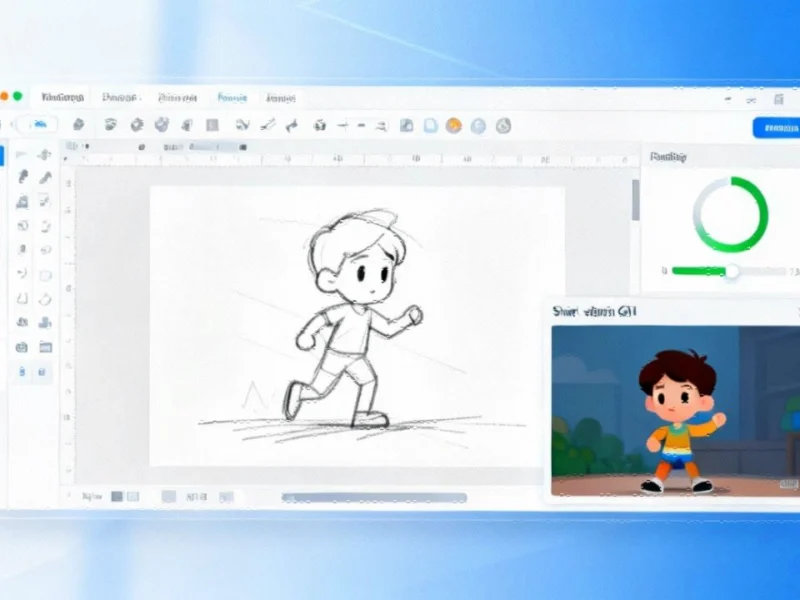Opera Neon Expands AI Capabilities with Research Agent
Opera’s AI-powered Neon browser has reportedly enhanced its capabilities with a new research agent designed to provide more comprehensive results through parallel processing, according to recent company announcements. The Neon browser, which launched several weeks ago with three initial AI agents, now introduces what the company calls the Opera Deep Research Agent (ODRA) for handling complex research tasks.
How the Parallel Research Agent Operates
Sources indicate that the key innovation lies in the server-side implementation of parallel computing principles. Rather than processing research queries sequentially, the system reportedly divides questions into smaller subtasks that are handled simultaneously by multiple “researcher” components. Analysts suggest this approach mirrors the fundamental difference between how CPUs and GPUs process information, with the parallel method enabling more efficient information gathering.
The report states that Opera’s engineering team has focused on applying “brains instead of muscle” to the research process, implementing what they describe as a “division of labor” logic. This server-side parallelization allows the system to work on various aspects of a research query concurrently rather than following traditional step-by-step procedures.
Supervisory AI Enhances Result Quality
According to the company’s technical explanation, once the parallel subtasks are completed, a separate supervisory AI analyzes the collected material. This supervisor reportedly determines whether the information sufficiently addresses the user’s query or if additional research is needed. The system is designed to continue gathering information until it achieves what the company describes as a comprehensive result, potentially transforming how users interact with web browser research tools.
Performance Metrics and Integration
Opera claims that ODRA has demonstrated strong performance in the DeepResearch benchmark, reportedly ranking second only to Google’s Gemini 2.5 Pro Deep Research model. The company notes that each deep research session typically requires between 5 to 20 minutes to complete, depending on the complexity of the query.
For Neon users, ODRA will be integrated into the Omnibus interface alongside the existing Chat, Do, and Make agents. The company demonstrated the capability through a sample query about recent advancements in game design frameworks, showing how the system can handle complex, multi-faceted research requests that might include analysis of established frameworks and their practical applications through various software widget implementations.
Subscription Model and Industry Context
Opera Neon requires a $19.99 monthly subscription, positioning it as a premium offering in the competitive browser market. The expansion of AI capabilities comes amid broader industry developments in automation and artificial intelligence. This launch follows other related innovations in the AI space and coincides with various market trends toward specialized AI tools.
Additional details about the technology and its implementation are available through Opera’s official blog, which provides technical insights into the development process. The name “Neon” itself references the element known for its bright, distinctive glow, potentially symbolizing the browser’s aim to stand out in a crowded market.
For ongoing coverage of technology developments, readers can follow 9to5Mac’s video content and social media channels for the latest updates on browser innovations and recent technology advancements.
This article aggregates information from publicly available sources. All trademarks and copyrights belong to their respective owners.
Note: Featured image is for illustrative purposes only and does not represent any specific product, service, or entity mentioned in this article.



